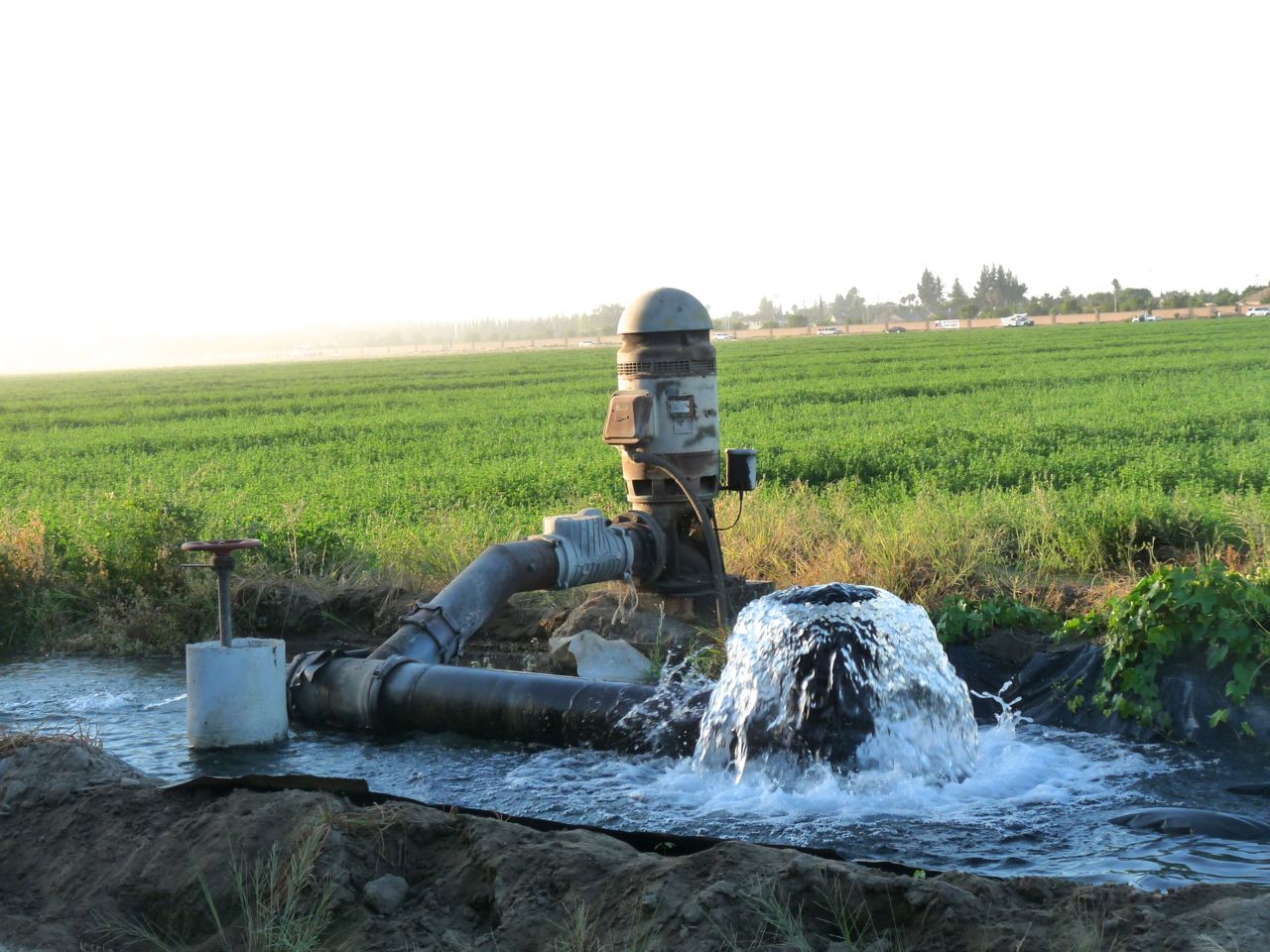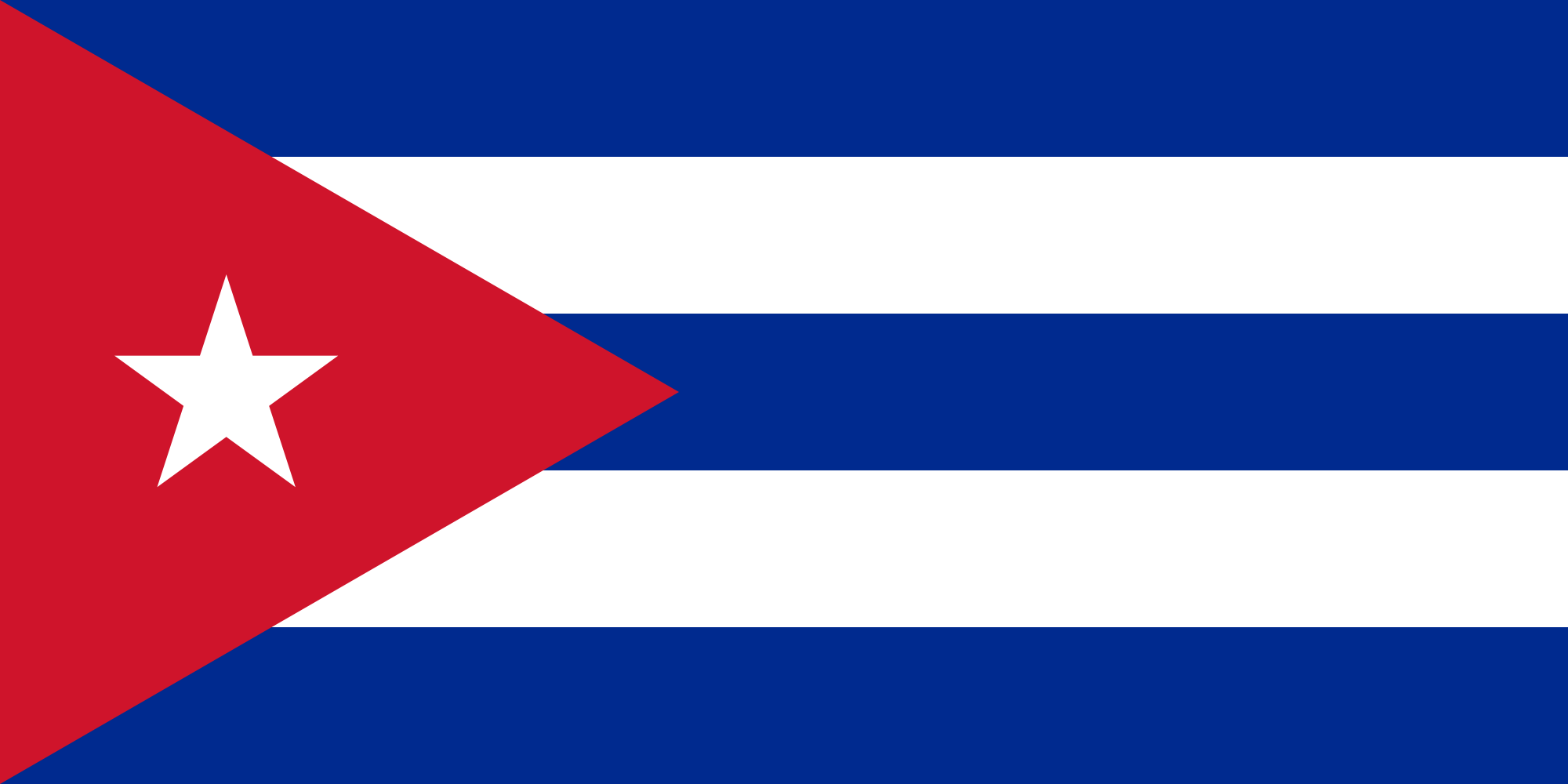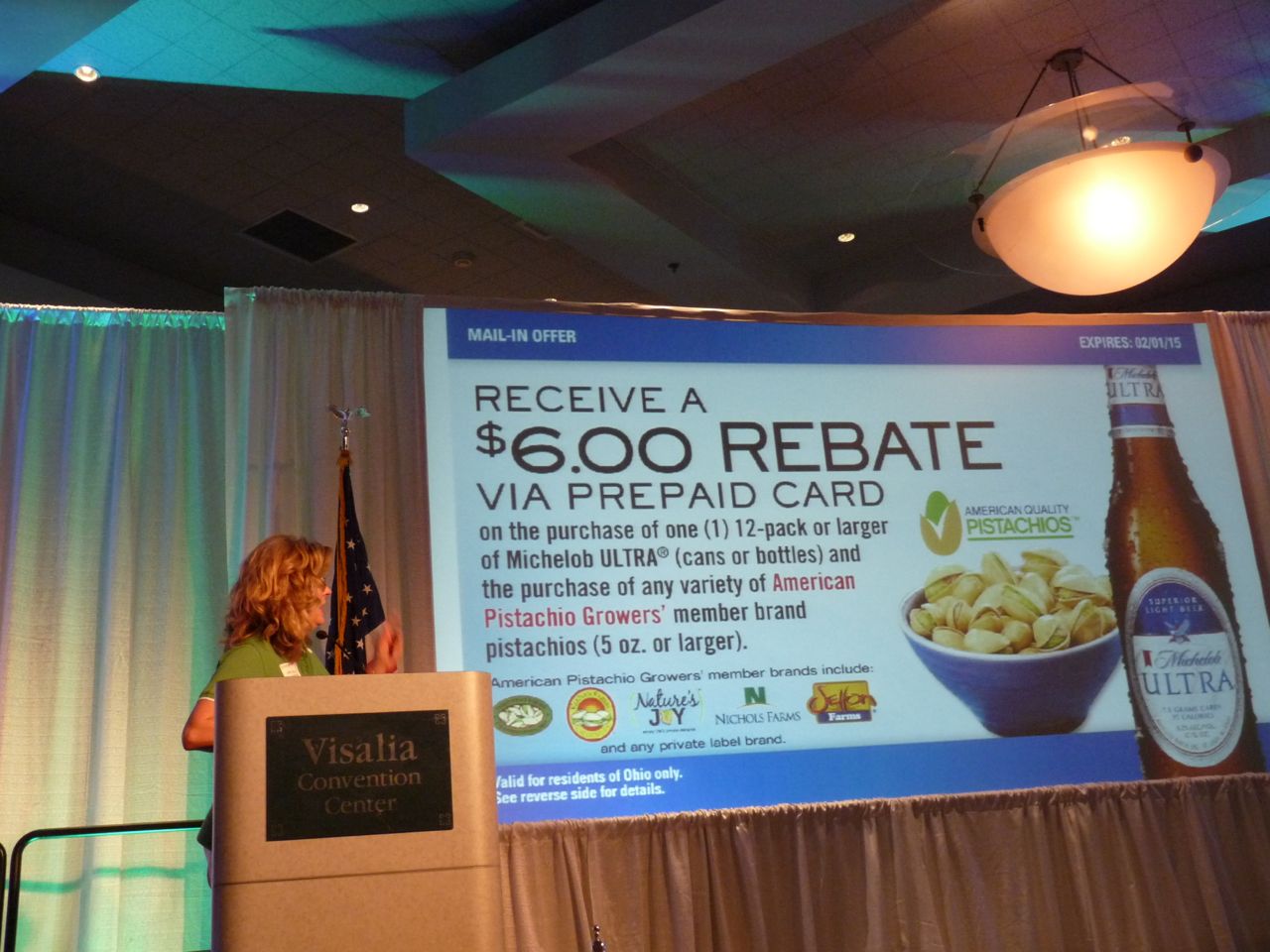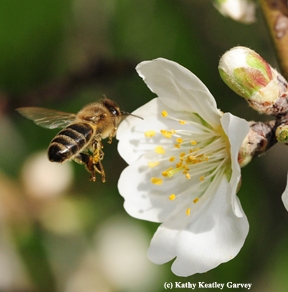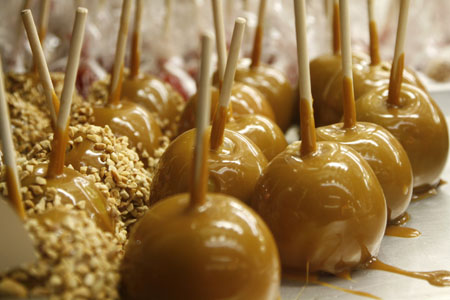CDFA ACCEPTING CONCEPT PROPOSALS FOR 2015 FERTILIZER RESEARCH AND EDUCATION GRANTS
The California Department of Food and Agriculture’s Fertilizer Research and Education Program (FREP) is currently accepting concept proposals for the 2015 grant cycle. FREP’s competitive grant program funds research that advances the environmentally safe and agronomically sound use of fertilizing materials.
The 2015 Request for Proposals (RFP) includes several initiatives put forth by the department to help effectively manage nitrogen fertilizers in agriculture. New this year is a call for integrating different aspects of nutrient management, including fertigation, irrigation, crop development and soil fertility into easy-to-use decision making tools and concepts that can help improve management practices. Additionally, the FREP seeks concepts and proposals to provide strong education and outreach opportunities on effectively and efficiently managing fertilizing materials.
Proposals for research projects are requested to fill gaps in nitrogen management information for specific crops, including corn, pima cotton, processing tomatoes, walnuts, citrus, and deep rooted vegetables such as carrots. Furthermore, the FREP is encouraging the development and submission of concepts that will demonstrate effective nutrient management practices that have been developed through experimental research trials (e.g., prior FREP research findings).
These demonstrations should implement practices at the field scale in organic and conventional fertilizers. Other priority research areas are developing Best Management Practices (BMPs), along with evaluating strategies and potential technologies to increase crop nitrogen fertilizer uptake; reduce nitrogen movement off irrigated agricultural lands, including nitrate leaching below the root zone; and minimize nitrous oxide emissions from nitrogen fertilizers.
Applicants are invited to submit two-page concept proposals to the FREP by Friday, January 16, 2015. Concepts submitted should be in line with at least one of the program’s identified priority research areas. Further information on the 2015 FREP request for concept proposals, including timelines, application criteria, priority research areas, and examples of successful proposals are available at: www.cdfa.ca.gov/is/ffldrs/frep/CompetitiveGrantProgram.html
In addition to the FREP’s regular RFP, CDFA is preparing a special RFP as part of its nitrogen initiatives. The priority areas for this special RFP are scheduled to be announced early January 2015.
All concept proposals will be reviewed by the FREP’s Technical Advisory Subcommittee (TASC). Concept proposals that are selected by the TASC will be invited for development into full project proposals.
Applicants may also send e-mail inquiries to FREP@cdfa.ca.gov
Since 1990, the Fertilizer Research and Education Program has funded more than 160 research projects focusing on California’s important and environmentally sensitive cropping systems. A database of completed and ongoing research is publically available at: www.cdfa.ca.gov/is/ffldrs/frep.html
In collaboration with the University of California Davis, FREP is developing fertilization guidelines for major crops grown in California. The guidelines are uploaded on a flow basis and are available to growers and crop advisors through this web-based platform: http://apps.cdfa.ca.gov/frep/docs/guidelines.html


